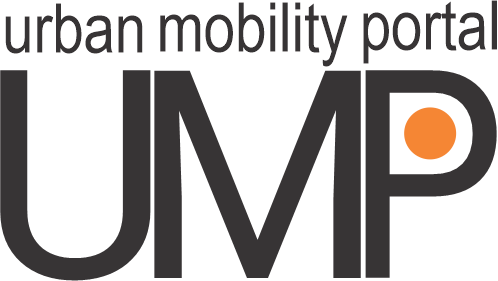
n
The 100 Questions Initiative
Launched in 2019, the 100 Questions Initiative seeks to identify pressing policy issues through a data-driven decision-making framework. In May 2022, this initiative applied the 100 Questions methodology to define, curate, and prioritize ten actionable questions to make transportation and mobility policies more data-driven. These questions would subsequently be used to inform priority areas to build data collaboratives, a new form of collaboration, beyond the public-private partnership model, in which participants from different sectors—in particular, private companies —exchange their data to create public value for sustainability in transportation and mobility. The 100 Questions’ approach to identifying priority questions and useful data to answer them stands at the nexus of data use and data responsibility.


